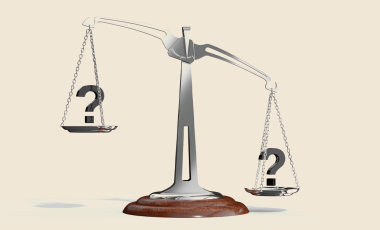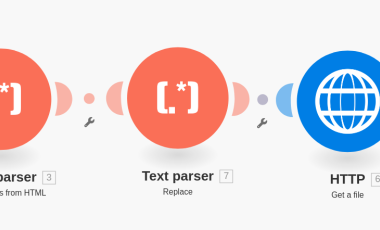How to build a website and create a powerful web presence
Creating your own website is much easier than what most people think. With modern, cutting-edge technology, you can have a fully functional, visually appealing website, up and running in a matter of minutes.
Here is a brief guide to building your website.
Plan Your Website
Have a clear idea about the purpose of your website. Remember, different people have different reasons for building websites. Websites are built for various purposes such as marketing a product/service, serving society, entertainment, or to stay in touch with people. Plan your website in such a way that you will achieve what you want. Be sure of what you would eventually do with your website.
All you need from your website could be to provide visitors information on how to contact you, or maybe to post articles to keep your potential customers interested in your organization or to sell products and render services online.
Depending on your needs, you should choose a content management system to build your site.
Choose a Content Management System
Do some research and choose the content management system that best suits your requirements. There are literally hundreds of softwares available out of which we personally suggest Drupal mainly because of it’s flexibility and due to the fact that it is open source.By flexibility, we mean it can be used for building all types of websites.
Choose Domain Name and Web Host
Register a domain name that is available and which suits your needs. The next step is to choose a good web host. The web host will provide you a remote location where data about your website and related software will be placed and made available to visitors.
The website host should be chosen based on the software along with the speed and number of visits you expect to receive. Some companies let you start off with low cost but less powerful shared hosting services and when the necessity arises, you can step up to a more powerful dedicated hosting.
Design
The next thing to do is choose a layout for the pages. It is recommended to use themes that have in-built features and visually appealing elements as it can make your site more attractive.
Most content management systems have an array of free themes. However, there are multiple themes which you can buy from the market. You could also use templates and manually add the other required components. In addition to themes and templates, it is necessary to include plugins and addons that provide the necessary functions required for your website. Like themes, there are several free and paid ones available in the market.
Organize
In this phase, you need to decide where each component of your website should be. It also deals with how your website will appear. You need to manage your logo, visual elements, menus etc. You will have to spend some time in the menu section, creating basically sub-menus to make website navigation easier for your visitors.
Develop Content
Add quality original content that meets your requirement and ensure that it is not merely text; instead, add images, infographics, videos etc. The content management system should enable you to easily add, edit, or delete content.
Promote your website
Promote your website through SEO, social media, email marketing, and advertising.



